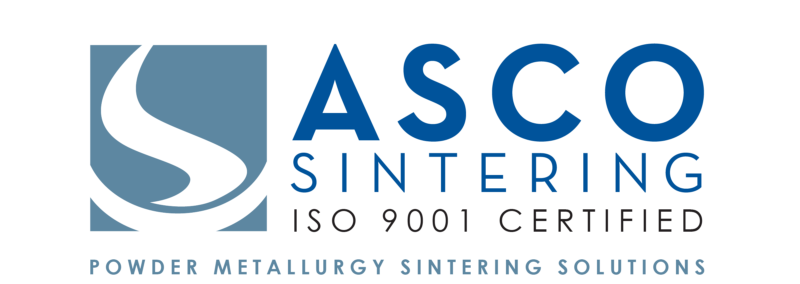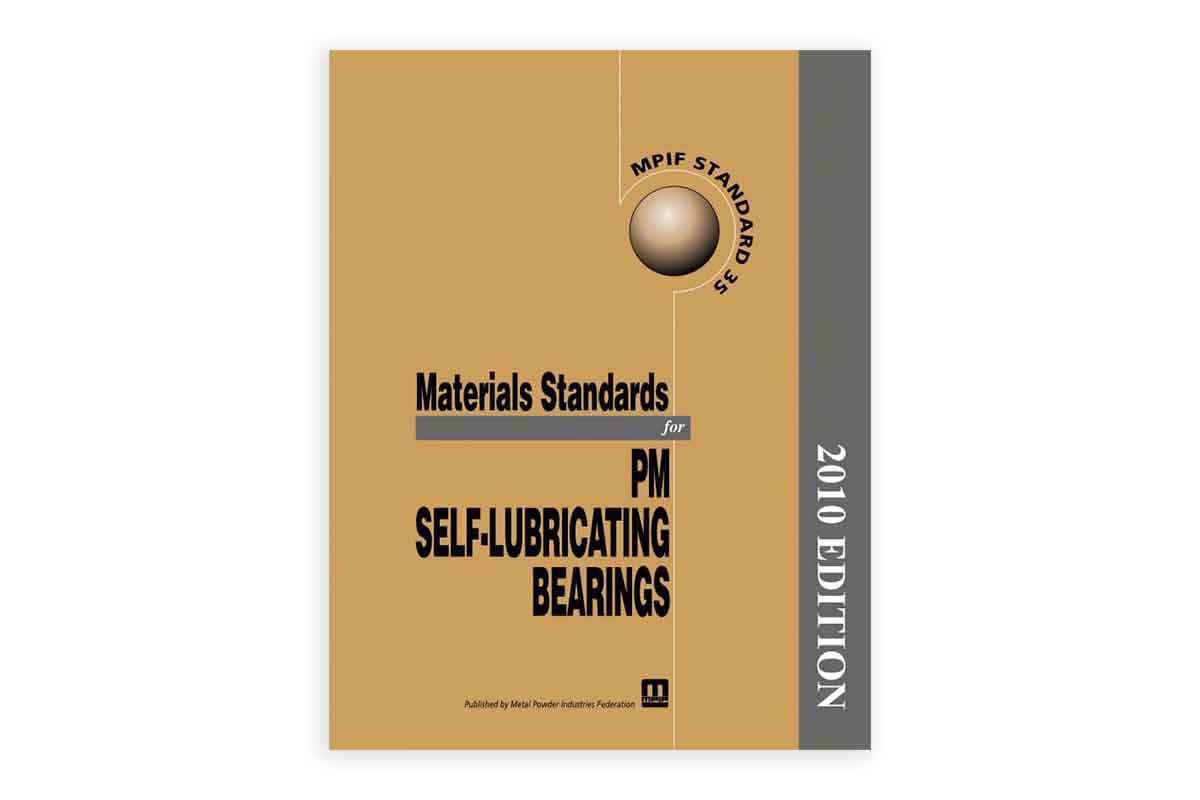- Ferritic, Austenetic and Martensitic Grades
- 303, 304, 316 Series
- 409L, 410L, 410HT, 430, 434, 440 Series
- High Temperature Sintering
Where are the markets for stainless steel? Geographically they range from outer space to Arctic wastelands, from the dry desert regions of Africa to the steamy jungle ports of South America.
No other family of alloys can claim to serve as wide a range of temperatures (from -454°F to over 1800°F) while offering superior strength, toughness and corrosion resistance. Thus stainless steel is a stalwart for such diverse applications as cladding of nuclear reactor fuel core, where temperatures reach 1250°F, and storage tanks for cryogenic substances like liquid helium, hydrogen and oxygen where temperatures are colder than -250°F.
Most applications for stainless steel however are not as exotic. For instance PM stainless steel parts (both 300 and 400 series) are used in door locks, irrigation equipment, safety devices, pneumatic and hydraulic applications, waste disposals and aircraft tray tables.
History
While attempts to create corrosion-resistant iron-based alloys date back to the late 19th century, it wasn’t until 1910 to 1915 that true stainless steels appeared on the scene. As happens so often in technology, discoveries sprouted almost simultaneously in different nations.
In England, Harry Brearly was searching for a superior alloy for gun barrels. He encountered difficulty etching samples for metallographic examination, an irritating happenstance that led to what is now known as Type 420 stainless steel, containing 14% chromium. At about the same time, two Germans, Maurer and Strauss, were working on iron/nickel alloys in search of a suitable material for thermocouple tubes. When they added chromium, they ended up with today’s Type 302 stainless steel. In the U.S., a researcher at General Electric was working on similar alloys for lead wires in electric light bulbs. His work eventually led to a high chromium alloy much like today’s Type 410.
The unifying element in these three pioneering efforts – and in all subsequent development work on stainless steels – was chromium. In order to qualify as “stainless”, the alloy must have at least 10.5% chromium.
These early successes aroused interest in corrosion resistant alloys throughout the steel industry and in many of its markets, resulting in continuing modification of the basic compositions and development of new ones. The efforts gained impetus in the early 1920’s with the introduction of low-carbon ferro-chromium for alloying and by International Nickel’s development of reasonably priced electrolytic nickel. The latter encouraged creation of the popular austenitic grades of stainless.
Breakthrough
What was needed was a major market breakthrough for the new species of steel alloys. This came in 1926 when some 200 tons of stainless steel were used in the construction of a nitric acid plant. With the economic and functional success of this application, the stage was set for broad-based use of these materials, which in turn stimulated continuing alloy development.
Today the American Iron and Steel Institute (AISI) recognizes 57 compositions as standard stainless steels to which AISI numbers have been assigned. In addition there are numerous proprietary alloys. Most of these standard and special alloys represent responses to specific needs in the marketplace.
The characteristic common to all stainless steels is high chromium content. Chrome is the most important alloy constituent, ranging from a low of 10.5% in a ferritic grade to a high of 24-26% in an austenitic composition. Nickel is the second most important alloying element, ranging from 3.5-5.5% to 19-22% in austenitic alloys. Other elements found in all compositions are manganese, silicon and carbon.
Constituents
The vital role played by alloy constituents merits a quick overview. Chromium gives the metal in invisible film of chromium oxide that protects the alloy from corrosive attack. If ruptured the film heals itself. Chrome also enhances tensile strength and wear resistance.
Nickel increases the4 ductility of stainless, making it easier to fabricate. It also beefs up the strength at high temperature and enhances corrosion resistance in aggressive atmospheres and in chemical and food processing environments.
Manganese serves as a partial substitute for nickel in some alloys. When added in amounts exceeding 2%, it increases strength. Hot workability of stainless is also improved.
A small addition of silicon (1% maximum) results in a modest gain in strength and hardness and gives the alloy improved resistance to scale formation and carburizing at elevated temperatures.
Among the less common alloy ingredients, molybdenum boosts the high temperature strength of stainless, increases resistance to some corrosive media such as acids and seawater, and boosts creep resistance.
Small additions of titanium, tantalum or columbium help refine the grain structure and prevent inter-granular corrosion. For better machinability, small additions of Sulphur, phosphorous or selenium may be prescribed.
Three Groups – plus a Fourth:
Stainless steels are divided into three basic groups: martensitic –heat treatable straight chromium alloys; ferritic – non-heat treatable chromium alloys; and austenitic – non-heat treatable chrome-nickel compositions.
As for AISI’s numerical designations, alloys in the 200 series and 300 series are austenitic stainless steels. (If there is such a thing as a “workhorse” of the stainless steels, Type 304 is probably it.) The martensitic and ferritic types are given 400 series designations.
More recently a fourth group has been identified. These are chrome-nickel compositions containing additional alloys such as aluminum and copper. Unlike other heat-treatable types, which undergo phase changes when heat treated, these can be strengthened by solution heat treating and aging. They are called precipitation hardening alloys.
A wealth of technical information on stainless steels is available from either AISI or the producers of these alloys.



